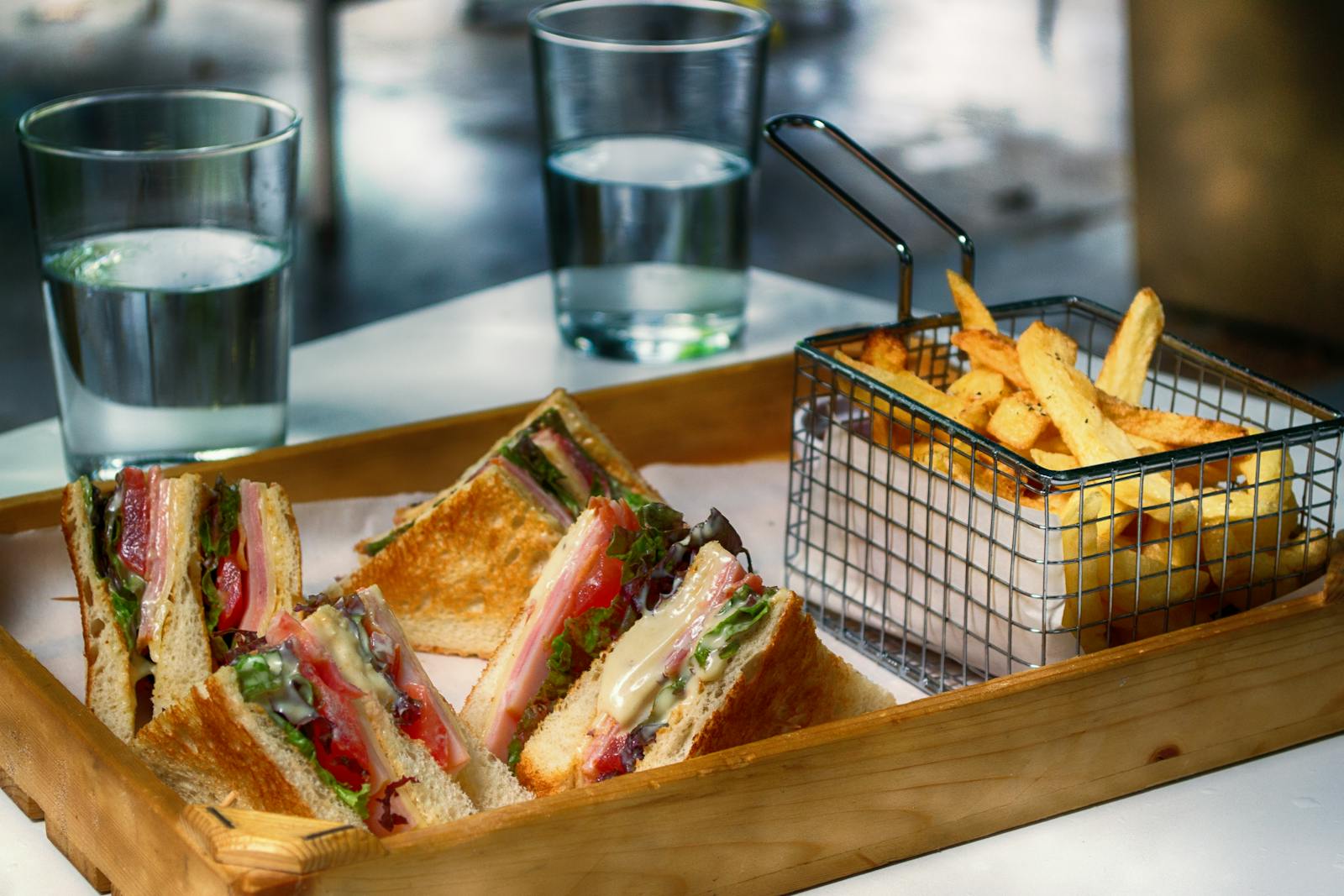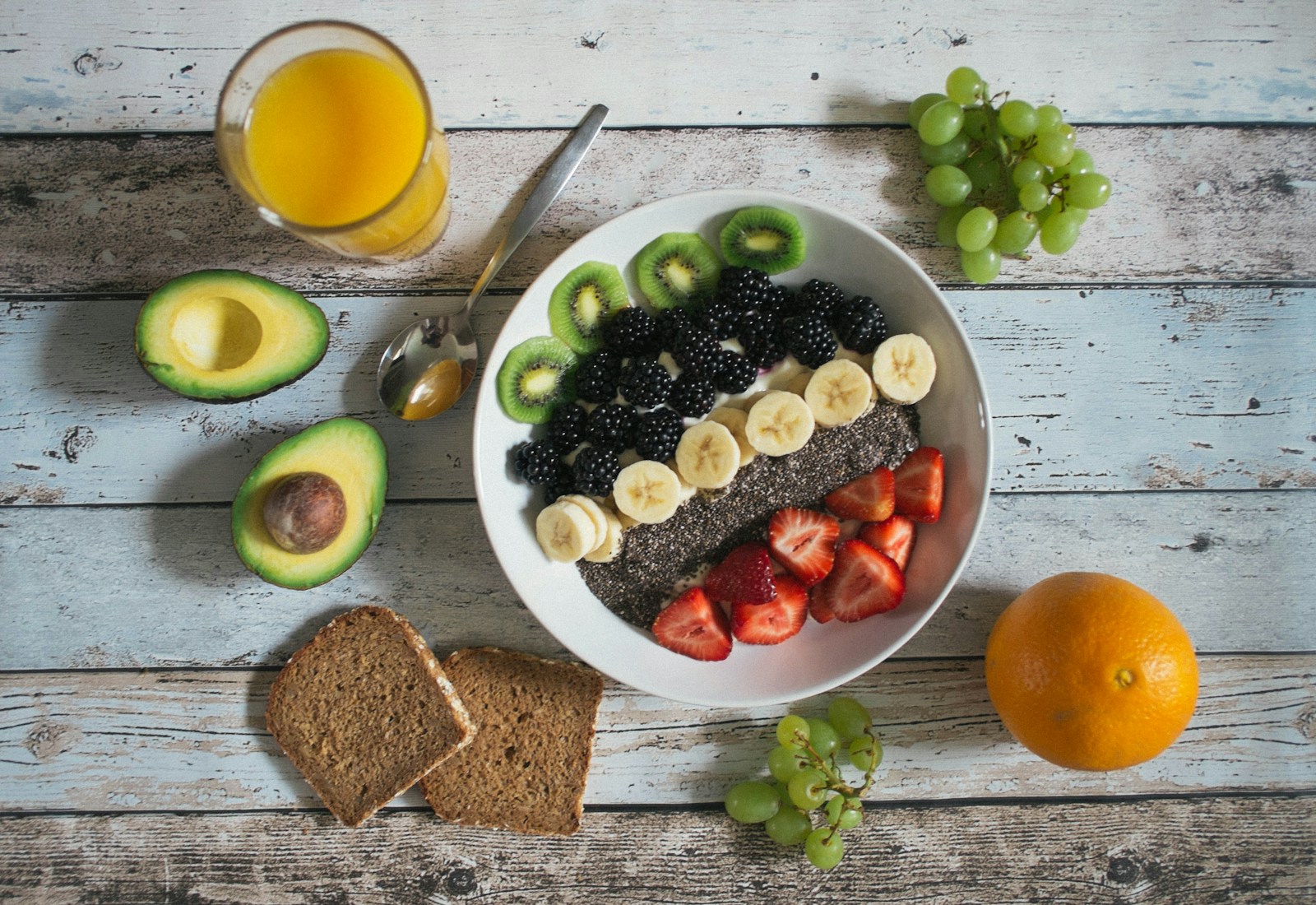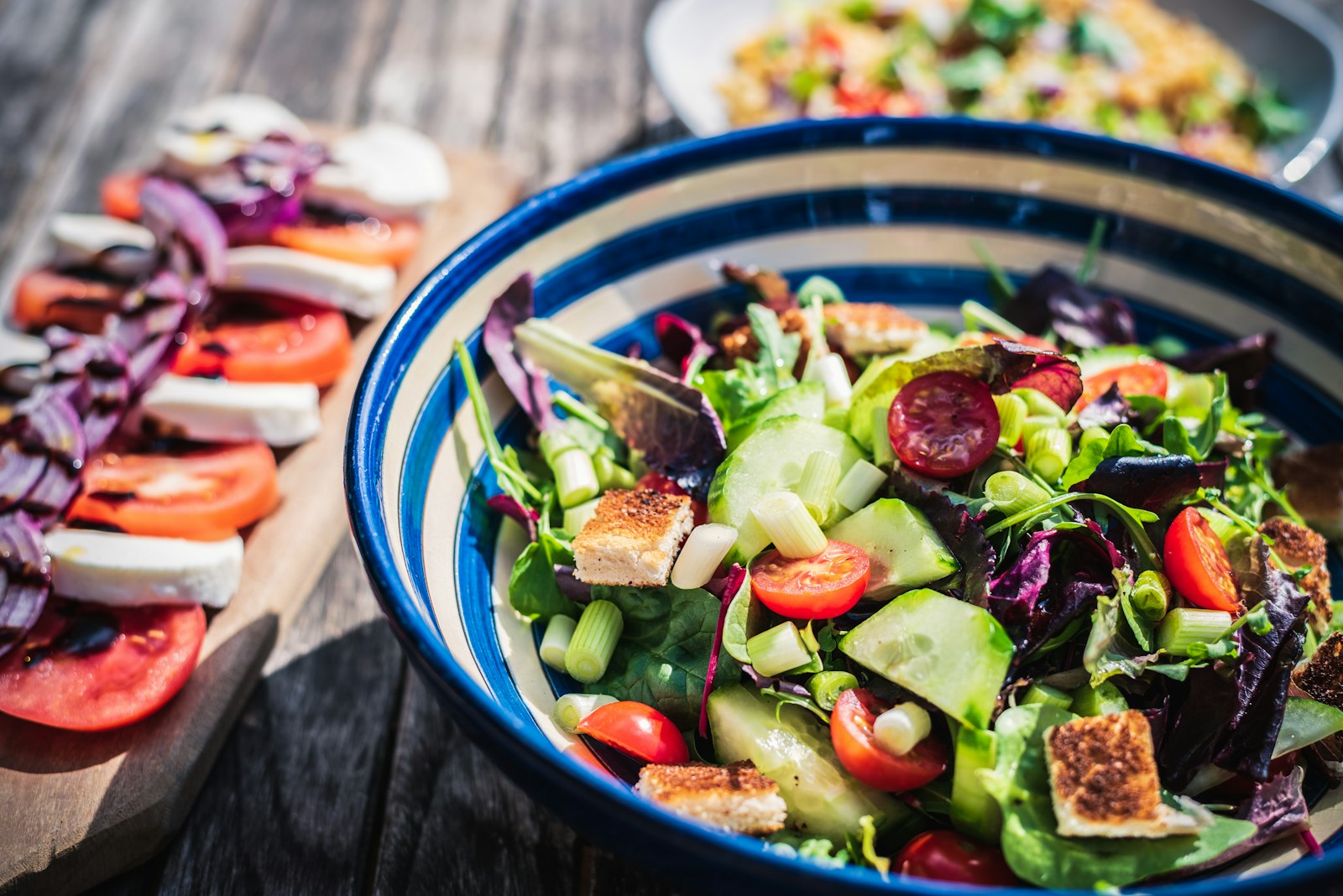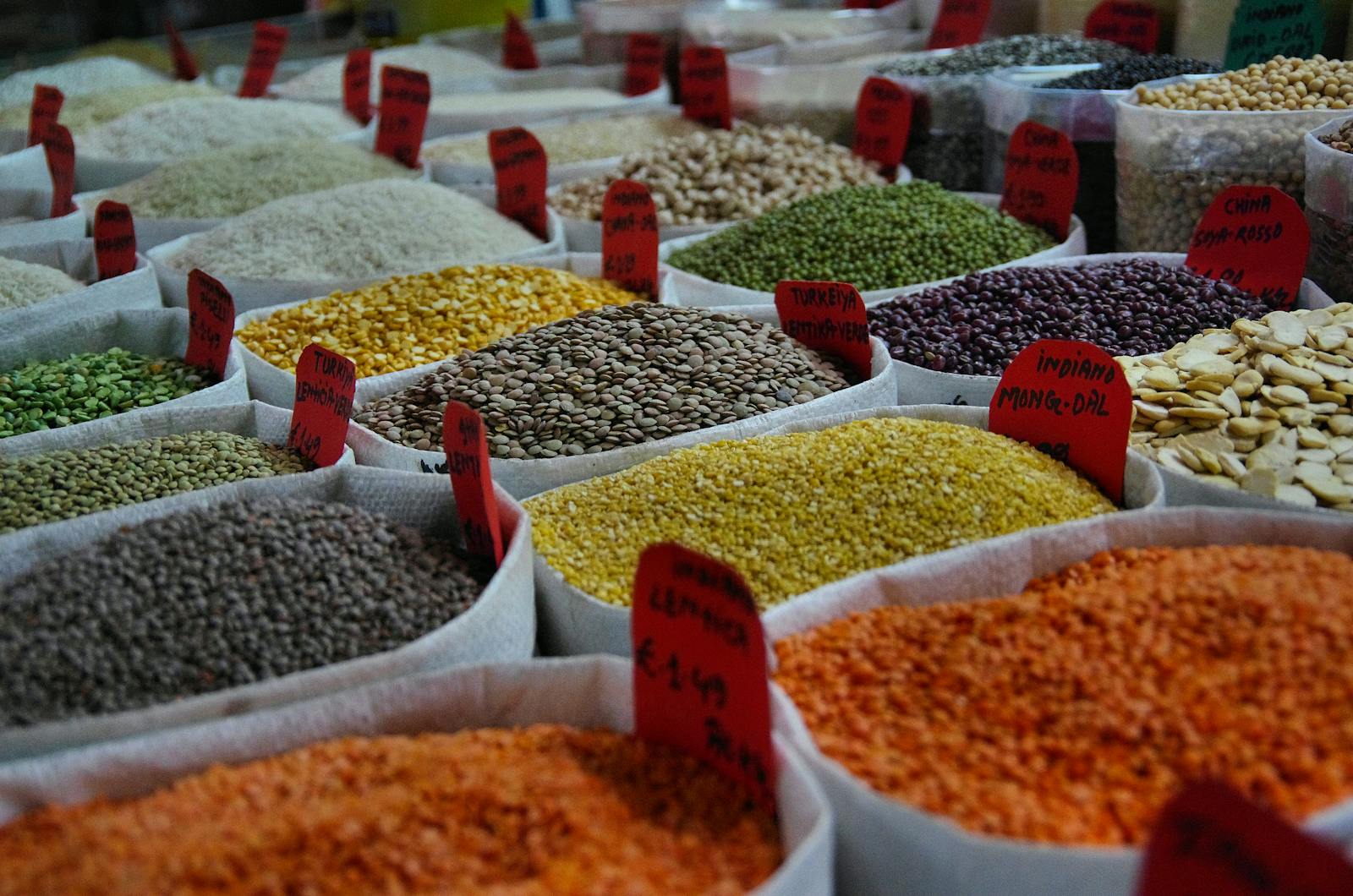
Photo by Daniela Elena Tentis
Carb cycling on keto involves strategically alternating between strict low-carb days and periodic higher-carb periods to potentially boost fat loss and athletic performance. While standard keto keeps carbs under 20g daily, carb cycling allows 50-100g of clean carbs (like sweet potatoes or berries) 1-2 days per week.
This approach may help break weight loss plateaus by resetting metabolism-regulating hormones like leptin, while providing fuel for intense workouts. However, it risks temporarily exiting ketosis and triggering cravings in carb-sensitive individuals.
Carb cycling works best for athletes, those with high activity levels, or people who’ve stalled on traditional keto – but isn’t necessary for casual exercisers or keto beginners. The key is timing carb refeeds around workouts and choosing nutrient-dense carb sources to maximize benefits while minimizing fat storage.
✅ Balanced view – Covers both benefits and risks
✅ Specifics – Includes carb amounts/types
✅ Actionable – Identifies who it suits best
✅ Science-backed – Mentions leptin/metabolism
Keto + Carb Cycling: Does This Hybrid Approach Actually Work?

Low-carb purists say never mix carbs with keto. Athletes swear carb cycling boosts performance. So who’s right? Let’s cut through the noise and see if this controversial combo can work—without wrecking your progress.
What Is Carb Cycling on Keto?
Carb cycling means alternating low-carb days with higher-carb days—while generally staying in ketosis. Think:
- 5–6 days keto (20–30g net carbs)
- 1–2 “refeed” days (50–100g carbs, focused around workouts)
Example: A cyclist does keto all week but eats sweet potatoes before a long ride.
The Pros: Why Some People Swear By It
1️⃣ Breaks Plateaus
- After weeks of strict keto, a carb spike may reset leptin (hunger hormone) and thyroid function.
2️⃣ Fuels High-Performance Workouts
- Glycogen-dependent exercises (HIIT, heavy lifting) feel easier with targeted carbs.
3️⃣ Mental Relief
- For some, planned refeeds reduce cravings and diet fatigue.
But… it’s risky if done wrong.
The Cons: Where It Backfires
⚠️ Kicks You Out of Ketosis
- Overdo carbs, and you’ll reboot the fat-adaptation process (hello, keto flu… again).
⚠️ Triggers Hunger & Overeating
- Carbs = insulin spikes = cravings for some people.
⚠️ Not for Beginners
- If you’re new to keto (<3 months), cycling carbs often backfires.
Who Should Try It?
✅ Athletes needing glycogen for endurance/explosiveness.
✅ Long-term keto-adapted folks hitting weight-loss plateaus.
✅ Those with high metabolisms who feel sluggish on strict keto.
Who Should Avoid It?
❌ New to keto (wait until fully fat-adapted).
❌ Insulin-resistant or diabetic (unless supervised by a doc).
❌ Emotional/binge eaters (carbs may trigger overeating).
How to Carb Cycle Without Wrecking Ketosis
🔹 Time carbs around workouts (pre- or post-training).
🔹 Stick to “clean” carbs (sweet potato, berries, squash—not pizza!).
🔹 Limit to 1–2 days/week (e.g., weekends or heavy training days).
🔹 Track ketones (use strips or a blood meter to ensure you rebound quickly).
Carb cycling can work—but it’s an advanced tactic, not a free pass. If you’re fat-adapted and strategic, it might break plateaus or boost performance. If you’re still new to keto? Master the basics first.
Carb Cycling Explained: A Strategic Carb Game Plan
Carb cycling is like giving your metabolism a controlled shock—alternating between low-carb and higher-carb days to optimize fat loss, performance, or muscle growth. Here’s how it works in practice.
How Carb Cycling Works
Instead of eating the same carbs every day, you rotate intake based on goals:
- Low-carb days (keto-style, 20–50g net carbs) → Burn fat.
- High-carb days (100–150g+ net carbs) → Refuel glycogen.
Example cycles:
- 5:2 Method – 5 keto days, 2 higher-carb days (popular for fat loss).
- Targeted Carbs – Small carb boosts only around workouts (for athletes).
Who Uses It? (And Why)
1️⃣ Bodybuilders
- Cut fat on low-carb days, build muscle on high-carb days.
2️⃣ Endurance Athletes
- Carb-load before long runs/rides for energy, then return to keto.
3️⃣ Plateaued Keto Dieters
- A carb “refeed” may jumpstart stalled weight loss by resetting leptin.
The Science Behind It
- Low-carb days keep insulin low (fat-burning mode).
- High-carb days replenish glycogen (muscle fuel) and may boost metabolism.
But… it’s not magic. Misuse = weight regain or energy crashes.
Carb Cycling vs. Strict Keto
| Strict Keto | Carb Cycling | |
| Carbs | Always <30g/day | Varies by day |
| Best For | Steady fat loss | Performance/plateau breaks |
| Difficulty | Simple | Requires planning |
Keto-Style Carb Cycling: Strategic Carbs Without Killing Ketosis

Traditional carb cycling floods the body with carbs—but keto-friendly carb cycling is different. The goal? Stay fat-adapted most of the time while using carbs as a targeted tool. Here’s how it works.
How Keto Carb Cycling Differs
| Traditional Carb Cycling | Keto Carb Cycling | |
| Primary Goal | Muscle gain/fat loss balance | Stay in ketosis most of the time |
| Carb Intake | High-carb days (200g+) | Modest, controlled carb-ups (50–100g) |
| Frequency | Regular high-carb days | Rare or workout-specific |
Key Difference: Keto carb cycling is minimalist—just enough carbs to get a benefit, not enough to fully exit ketosis long-term.
3 Ways Keto Dieters Use Carb Cycling
- Weekly Metabolic Reset (For Fat Loss Plateaus)
- How it works: 1 higher-carb day per week (e.g., 50–80g carbs from sweet potatoes, berries).
- Why? Temporarily raises leptin (hunger hormone), which can dip during long-term keto, signaling your body to release fat.
- Best for: People who’ve been keto for 3+ months and stalled.
- Workout-Fueled Carbs (For Performance)
- How it works: 20–40g carbs pre- or post-workout (e.g., banana, rice cakes) on training days only.
- Why? Provides quick energy for intense sessions (HIIT, heavy lifting) without fully leaving ketosis.
- Best for: Athletes or very active keto folks.
- Hormone-Friendly Carb Cycling (Especially for Women)
- How it works: Sync carb-ups with menstrual cycle (e.g., slightly more carbs during luteal phase).
- Why? Women’s cortisol and insulin sensitivity fluctuate monthly—strategic carbs may reduce stress, cravings, and energy crashes.
- Best for: Women with irregular cycles, adrenal fatigue, or keto-related hormone issues.
Who Should Avoid Keto Carb Cycling?
🚫 New to keto (<8 weeks) – Wait until fully fat-adapted.
🚫 Insulin-resistant/diabetic – Unless supervised by a doctor.
🚫 Emotional eaters – Carb-ups can trigger binges.
How to Try It Safely
- Start small – Try 1 carb-up meal (not a full day) and monitor energy/ketones.
- Stick to whole foods – Sweet potatoes, squash, berries—not junk carbs.
- Track ketones – Use a blood meter to ensure you return to ketosis within 24 hrs.
Example Plan:
- Mon-Fri: Strict keto (20–30g net carbs).
- Saturday: Post-workout carb-up (50g carbs from sweet potato + protein).
- Sunday: Back to keto.
The Surprising Benefits of Carb Cycling on Keto
Carb cycling while staying keto isn’t about cheating—it’s about strategically using carbs to enhance fat loss, energy, and health. Here’s why some keto dieters swear by it.
- Breaks Stubborn Plateaus
- Why it works: Long-term keto can lower leptin (the “I’m full” hormone) and slow metabolism slightly. A controlled carb refeed:
- Temporarily boosts leptin.
- Signals your body to release stored fat again.
- Real-life example: Someone stuck at the same weight for weeks loses 2–3 lbs after a single higher-carb day.
- Supercharges Workouts
- Why it works: Glycogen (stored carbs in muscles) fuels explosive movements. Keto athletes often hit a wall with HIIT or heavy lifts. A pre-workout carb bump (20–40g) can:
- Improve performance.
- Speed recovery.
- Without kicking you out of ketosis long-term.
- Balances Hormones (Especially for Women)
- Why it works: Women’s hormones (like estrogen and cortisol) are sensitive to energy availability. Strategic carbs can:
- Reduce stress hormones.
- Stabilize menstrual cycles.
- Ease keto-related hair loss or fatigue.
- Pro tip: Sync carb-ups with the luteal phase (post-ovulation) when cravings and insulin resistance peak.
- Boosts Thyroid Function
- Why it works: Very low-carb diets long-term may lower T3 (active thyroid hormone). A cyclical carb approach:
- Prevents metabolic slowdown.
- Keeps energy levels steady.
- Makes Keto Easier to Stick To
- Why it works: Knowing you have a planned carb meal (e.g., sweet potatoes on Saturdays) reduces:
- Diet fatigue.
- Cravings for off-limit foods.
- Key: This only works if you’re disciplined—not using it as an excuse to binge.
Who Benefits Most?
✔ Long-term keto-adapted folks (3+ months in).
✔ Athletes or intense exercisers.
✔ Women with hormonal or energy issues on keto.
✔ Anyone plateaued despite perfect keto.
Who Should Skip It?
✖ New to keto (wait until fat-adapted).
✖ Binge eaters or sugar addicts (carbs may trigger relapses).
✖ Those with insulin resistance (unless under supervision).
How to Test It Safely
- Start small: 1 carb-up meal (not a full day).
- Choose clean carbs: Sweet potatoes, berries, squash—not pizza!
- Monitor ketones: Use a blood meter to ensure you return to ketosis within 24 hrs.
Example Cycle:
- Mon-Fri: Strict keto (20–30g carbs).
- Saturday: Post-workout carb refeed (50–70g carbs + protein).
- Sunday: Back to keto.
The Hidden Risks of Carb Cycling on Keto

While strategic carb-ups can help, they’re not without risks—especially if you’re new to keto or prone to cravings. Here’s what to watch out for before trying it.
- “Kicked Out of Ketosis” Syndrome
- What happens: Even a modest carb-up (50–100g) can pause ketosis for 12–48 hours.
- Why it matters: If you’re not fat-adapted yet, this can bring back:
- Keto flu symptoms (fatigue, brain fog).
- Water weight gain (carbs hold 3g water per 1g glycogen).
- Fix: Use a blood ketone meter to confirm you’re back in ketosis quickly.
- Accidentally Overdoing Carbs = Fat Storage Mode
- What happens: Eat more carbs than needed? Insulin spikes → excess glucose gets stored as fat.
- Common mistakes:
- Misjudging portions (e.g., “just one more sweet potato”).
- Choosing high-glycemic carbs (rice, bread) that trigger bigger insulin responses.
- Fix: Stick to whole-food, fibrous carbs (berries, squash) and measure servings.
- Cravings Come Roaring Back
- What happens: For some, even a small carb taste reactivates sugar cravings.
- High-risk scenarios:
- Emotional eaters.
- People with a history of binge cycles.
- Fix: If you notice cravings post-carb-up, skip cycling and stay strict keto.
- Not Beginner-Friendly
- Why it backfires: New keto dieters (<8 weeks) aren’t fully fat-adapted. Adding carbs:
- Slows adaptation.
- Makes hunger control harder.
- Fix: Master basic keto first—wait until energy and cravings stabilize.
- Requires Meticulous Tracking
- The problem: Guessing carb amounts = inconsistent results.
- What you’ll need:
- A food scale.
- Ketone testing (strips or blood meter).
- A plan (no “winging it” carb days).
- Fix: Prep carb-up meals in advance to avoid impulse choices.
Who Should Avoid Carb Cycling Altogether?
🚫 New to keto – Focus on fat adaptation first.
🚫 Insulin-resistant or diabetic – Unless medically supervised.
🚫 Anyone with a binge-eating history – Carbs may trigger old habits.
How to Minimize Risks If You Try It
- Start with the smallest effective dose (e.g., 30g carbs post-workout, not 100g).
- Time carbs around exercise (so they’re used for fuel, not stored).
- Stick to low-glycemic foods (quinoa > white rice; berries > bananas).
- Track ketones and hunger cues – If cravings spike, pull back.
Who Should (and Shouldn’t) Try Carb Cycling on Keto?

Carb cycling isn’t for everyone—it’s a strategic tool best used by those who already have keto dialed in. Here’s how to know if it might work for you (or if you should skip it).
🚫 Avoid Carb Cycling If You’re…
1. New to Keto (<2–3 Months In)
-
Why? Your body is still adapting to fat-burning. Adding carbs too soon can:
-
Delay ketosis.
-
Worsen cravings.
-
Make energy crashes worse.
-
-
Better move: Stick to strict keto + electrolytes until fully fat-adapted.
2. Prone to Binge Eating or Sugar Cravings
-
Why? Even a small carb-up can trigger:
-
Relentless cravings.
-
Overeating cycles.
-
-
Better move: Try fat-based refeeds (extra avocado, nuts) instead of carbs.
3. Insulin-Resistant or Diabetic
-
Why? Carb spikes can destabilize blood sugar without careful monitoring.
-
Better move: Work with a keto-savvy doctor if considering carb cycling.
✅ Good Candidates for Carb Cycling
1. Athletes & Heavy Lifters
-
Why it helps: Glycogen-dependent workouts (HIIT, sprinting, heavy weights) perform better with targeted carbs around training.
-
Example: 25g sweet potato pre-workout for explosive energy.
2. Women with Hormonal Issues
-
Why it helps: Long-term strict keto can sometimes disrupt:
-
Thyroid function (low T3).
-
Menstrual cycles (missing periods).
-
Stress hormones (high cortisol).
-
-
Example: Adding 50g carbs 2x/week during the luteal phase (post-ovulation) to ease PMS and energy crashes.
3. Long-Term Keto Dieters Hitting a Stall
-
Why it helps: Metabolic slowdown or leptin dips may stall weight loss. A controlled carb refeed can:
-
Reset leptin (hunger hormone).
-
Boost metabolism temporarily.
-
-
Pro tip: Pair carb-ups with intermittent fasting for better fat loss.
4. Macro-Tracking Pros
-
Why it helps: Carb cycling requires precision. If you already:
-
Weigh food.
-
Track ketones.
- Adjust based on energy/sleep. …you’re more likely to succeed.
-
- How to Test Carb Cycling Safely
-
Start small – Try one 50g carb meal (e.g., sweet potato + protein) and monitor ketones/hunger.
-
Time it right – Best around workouts or for women, during the luteal phase.
-
Choose clean carbs – Sweet potatoes, berries, squash—not processed junk.
Stalled on keto? Check out: How to Break a Weight Loss Stall on Keto
How to Carb Cycle on Keto Without Wrecking Your Progress

Carb cycling can be powerful—if done right. Here’s your step-by-step guide to doing it safely, without losing ketosis or triggering cravings.
Step 1: Start Slow (1 Carb-Up Day Per Week)
-
Why? Minimizes risk of fat storage or keto disruption.
-
How? Pick one day per week (e.g., Saturday) for a controlled carb increase.
-
Example:
-
Mon-Fri: Strict keto (20–30g net carbs).
-
Saturday: 50–80g carbs from clean sources.
-
Sunday: Back to strict keto.
-
Step 2: Choose Clean Carbs (No Junk!)
-
Best options:
-
Sweet potatoes, squash, quinoa (fiber-rich, slow-digesting).
-
Berries, apples (lower-glycemic fruits).
-
Oats, buckwheat (if tolerated).
-
-
Avoid:
-
Processed carbs (bread, pasta, sugar).
-
High-glycemic foods (white rice, bananas for some).
-
Pro tip: Pair carbs with fat + protein (e.g., sweet potato with butter + chicken) to slow glucose spikes.
Step 3: Monitor Your Body’s Signals
After carb-ups, track:
✅ Energy levels (Do you feel stronger or sluggish?).
✅ Hunger/cravings (Do carbs make you ravenous the next day?).
✅ Digestion (Bloating? Gas?).
✅ Scale/measurements (Temporary water weight is normal; fat gain isn’t.).
If cravings or fatigue spike: Reduce carb amount or frequency.
Step 4: Stay Active on Carb Days
-
Why? Movement helps shuttle glucose into muscles (not fat stores).
-
Best activities:
-
Strength training (carbs fuel better lifts).
-
Walking or light cardio (helps clear glucose).
-
-
Avoid: Being sedentary post-carb meal.
Step 5 (Optional): Targeted Keto for Workouts
For athletes or intense trainers:
-
Pre-workout: 20–30g carbs (e.g., half a sweet potato) 30–60 min before training.
-
Post-workout: 20g carbs (e.g., berries) + protein to replenish glycogen.
Key: Only do this if you’re fully fat-adapted (8+ weeks keto).
Sample Carb-Cycling Day
| Meal | Food | Carbs |
|---|---|---|
| Breakfast | Eggs + avocado | 5g |
| Lunch | Chicken + roasted squash | 20g |
| Post-Workout | Sweet potato + grass-fed butter | 30g |
| Dinner | Salmon + asparagus | 5g |
| Total | ~60g net carbs |
Troubleshooting
-
“Carbs make me bloated!” → Try lower-FODMAP options (butternut squash > sweet potato).
-
“I get cravings after!” → Reduce carb amount or stick to strict keto.
-
“I feel amazing—can I do more?” → Gradually test 2 carb days (but monitor ketones).
7-Day Keto Carb Cycling Plan: Burn Fat, Boost Energy

This schedule balances strict keto with strategic carb refeeds to optimize fat loss, performance, and hormone health—without kicking you out of ketosis long-term.
📅 Sample Schedule
Monday–Friday: Strict Keto Mode
- Net carbs: 20–30g/day
- Focus: High fat, moderate protein, low carb
- Meal examples:
- Breakfast: Scrambled eggs + avocado
- Lunch: Bunless burger + cauliflower rice
- Dinner: Salmon + roasted Brussels sprouts
- Activity: Strength training, walking, yoga
Saturday: Carb Refeed Day
- Net carbs: 100–150g (clean, nutrient-dense sources)
- Focus: Fuel workouts, reset metabolism
- Meal examples:
- Breakfast: Greek yogurt + berries + almond butter
- Lunch: Grilled chicken + quinoa + roasted sweet potatoes
- Dinner: Grass-fed steak + roasted carrots
- Activity: Heavy lifting or HIIT (best day for intense training)
Sunday: Transition Day
- Net carbs: 50–70g (tapering back down)
- Focus: Light activity, prep for the week
- Meal examples:
- Breakfast: Omelet with spinach + feta
- Lunch: Tuna salad + mixed greens
- Dinner: Baked chicken + zucchini noodles
- Activity: Walking, stretching, recovery
🍽️ Meal Prep Tips for Success
- Batch-cook keto staples (meats, roasted veggies) for Mon–Fri.
- Pre-portion carb refeed meals (e.g., sweet potato cubes, quinoa) to avoid overeating.
- Electrolytes always! Especially on carb days to balance water retention.
🚀 Ready to Try It?
Grab our [Free Keto Weekly Planner] to:
✅ Track macros & workouts
✅ Plan carb-refeed meals
✅ Stay consistent without guesswork
Carb Cycling on Keto: A Strategic Boost, Not a Miracle Fix
Let’s keep it real: carb cycling isn’t a magic bullet for fat loss. It’s a precision tool for advanced keto dieters—not a shortcut. Here’s how to think about it:
1. It’s for Fine-Tuning, Not Fixing
-
Works best when:
-
You’re already fat-adapted (3+ months keto).
-
You’ve nailed the basics (whole foods, electrolytes, sleep).
-
-
Won’t work if:
-
You’re still overeating calories.
-
You’re inconsistent with keto.
-
Example: Carb cycling won’t help someone who’s secretly snacking on peanut butter all day.
2. Start Slow—This Isn’t a Cheat Day
-
First try: 1 modest carb-up meal (e.g., sweet potato + protein).
-
Track: Energy, cravings, ketone levels.
-
Adjust: More/less carbs based on results.
Pro tip: If you feel worse (bloated, craving carbs), pull back.
3. The Basics Still Rule
Even with carb cycling, prioritize:
✅ Calorie control (carbs aren’t a free pass to overeat).
✅ Sleep (poor recovery = wasted effort).
✅ Movement (carbs should fuel activity, not couch time).
Not Sure? Stick to Strict Keto
If you’re:
-
New to keto.
-
Prone to binge cycles.
-
Already losing weight steadily.
You don’t need carb cycling. Master the fundamentals first—they’re 90% of results.
The Bottom Line
Use carb cycling like a surgeon’s scalpel—only if you’re skilled and your body needs it. Otherwise, keep it simple.
Need a foolproof keto plan instead?
👉 Start Here: Clean Keto Meal Planner




